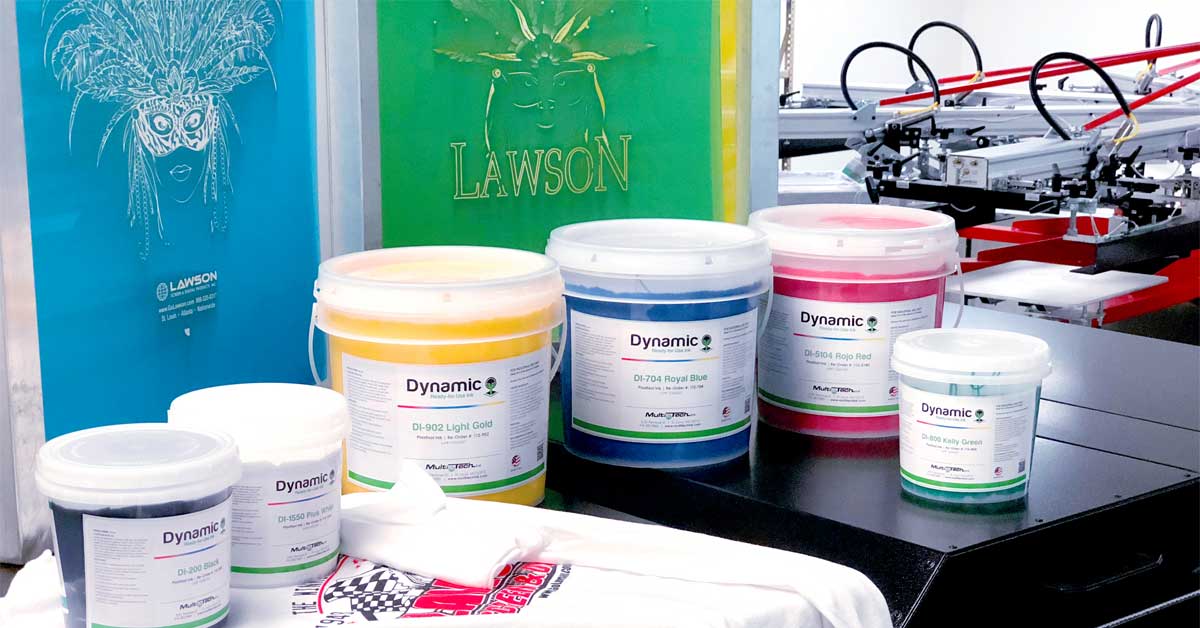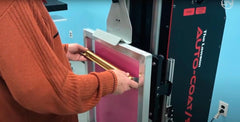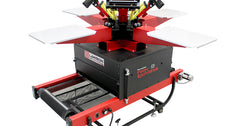Screen printing with low cure inks can be hard, but in the end be worth it to your shop and your printing needs.
What You Need to Know When Screen Printing With Low Cure Plastisol Ink:
Getting the Best Out of Your Screen Printing Supplies
Screen printers want to use the best low cure screen printing ink on cotton, 50/50 or 100% polyester t-shirts and hoodies. All the best screen printers have a variety of t-shirt inks, especially white ink because each brand has different qualities. These various properties make different inks better depending on what you are printing on. No matter what you are printing on, low cure plastisol inks are always a great option. Low-cure inks usually cure around 275/280°F instead of the usual average of about 320℉.
You can buy a RFU (ready for use) low cure plastisol ink or you can simply use a low cure additive, like the 3804PF Low Cure Additive, and add it to your favorite plastisol ink.
The Benefits of Curing Garments at a Lower Temperature
The biggest benefit to using a low cure screen printing plastisol ink seems obvious: you can set your conveyor dryer to a lower temperature. Having a lower tunnel temperature does two important things for screen printers.
First, using a lower temperature protects sensitive garments from shrinking or scorching in your tunnel dryer. Any screen printer who has printed polyester, dri-fit or other non-cotton material knows the struggle of getting the dryer temperature high enough to cure their ink while not scorching, burning or damaging the garment. Additionally, keeping the dryer temperature lower helps prevent dye migration. When polyester heats up to about 300 degrees, the dyes in the fabric turns into a gas and “migrates” to the top of the garment through the ink. This is why white ink on a red shirt might start to turn pink. Therefore, being able to keep your conveyor dryer between 270 and 280 will help stop polyester t-shirt bleeding while also curing your ink.
Second, having a lower temperature set point uses less energy. This is both good for the environment and good for your pocketbook. Who wouldn’t want to save money while also getting a better print? No one.
How to Screen Print with Low-Cure Plastisol Ink
Screen printing with low cure plastisol ink is virtually identical to printing with traditional plastisol inks. The process, mesh count, squeegee pressure, etc...is the same. One question that often comes up when shops are converting to low cure inks is, “can I print with low cure and non low cure inks on the same shirt?” The answer is yes. The same shirt can have both types of ink on it but you will most likely have to set your dryer temperature at a higher point or slow your belt speed down.
The only major difference when printing with low cure plastisol inks adjusting your temperature. Some good ways to check your conveyor tunnel dryer temperature is with Thermo-Tels, or a donut probe.
It is always recommended to test before starting production. In the case of low-cure inks, you will want to test your dryer is set right. The most popular check probably the “stretch test.” Simply place your hands on the sides of the image and pull the fabric apart to stretch it. If the ink cracks or warps, then it’s not properly cured. If it stays intact and returns to its original shape, it should be okay.
Another test is the “wash test.” This method involves sending the garment through the washing machine. Check after one wash to see if any of the print is affected by the wash. If the print appears to be intact, it should be okay.
Go ahead and start using low cure inks in all your screen printing jobs. You will find it so much easier to print on polyester and other delicate garments. For more information and tips on how to screen print with low cure plastisol inks, read our blog Why Low Cure Plastisol Screen Printing Inks Are Necessary.







